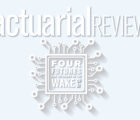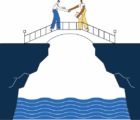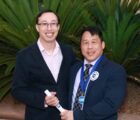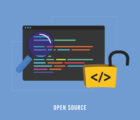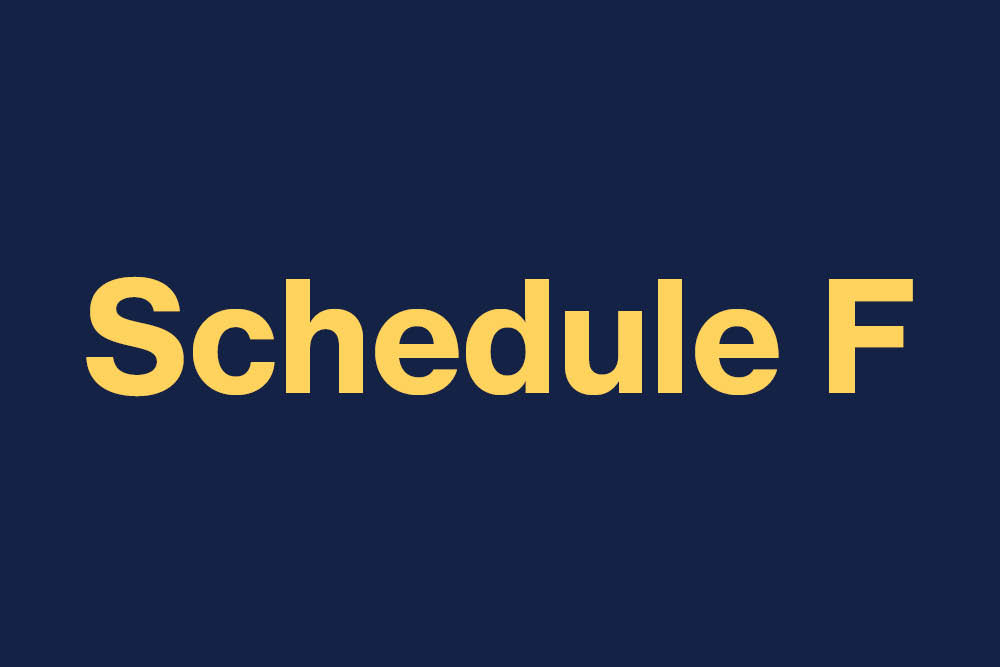Should property-casualty actuarial science be considered an engineering specialty? This is not a theoretical exercise; thanks to the Internet of Things (IoT) revolution, there are compelling reasons to consider aligning ourselves with engineers. According to Wikipedia, the Internet of Things is “the network of physical objects or ’things’ embedded with electronics, software, sensors and network connectivity, which enables these objects to collect and exchange data.” People, places and things are increasingly using these connections to exchange an exploding amount of digital information and data, which can then be used to analyze, understand, forecast and control activities. A recent European Commission study estimates that the market value of the IoT in the EU will exceed one trillion euros in 2020. Leading companies like Cisco, AT&T, GE and IBM are making substantial strategic investments in IoT capabilities.
What is the Internet of Things?
Figure 1, excerpted from a report by Celent,1 shows the three interconnected components of the IoT: things with networked sensors, data stores and analytic engines. Sensors transmit information on the internal state of things and the external status of their environment, providing a richer picture of the hazards of what is being insured. The networked sensors feed structured and unstructured data, text, videos and other digital images to data stores. This will not just be big data, but new data, unlike anything ever seen or used before. Insurers and actuaries are focused on the ways to use this new data and analytics to improve pricing, underwriting, segmentation and claim management. Such opportunities represent an expansion to current actuarial practice. While we will face competition from statisticians and data scientists, casualty actuaries are relatively well-positioned to take on these challenges.
Perhaps the more focused problem (opportunity) statement is: Which quantitative professionals will the world turn to for expertise, insight and solutions in causal analysis?
The more troubling threat – and potential opportunity – is the quantum increase in the insured companies’ understanding and control of their operations made possible by IoT. Take for example manufacturers: As they better understand their risk drivers, they will increasingly take ownership of their risk management: monitoring and even preventing incidents, mitigating the severity of incidents that do occur, measuring probabilities, planning preventive maintenance and assessing the cost-benefit of risk mitigation and transfer strategies. In short, they will become experts in causal analysis.

The implications for the actuarial profession are far from clear. We are experts in post-event financial effects analysis – i.e., analyzing the claims resulting from incidents – through the “screen” of the insurance process. What is our value proposition in causal analysis? What do we know about real-time, pre-event, condition and hazard level monitoring? What is our brand promise in this space?
Actuarial Engineering?
Perhaps the more focused problem (opportunity) statement is: Which quantitative professionals will the world turn to for expertise, insight and solutions in causal analysis? We can make the case for actuaries as leading candidates because of our expertise in evaluating the financial impacts of contingent incidents. But actuaries are not known for causal analysis in the broader economy. That has been the domain of many specialties of engineering, including reliability, quality, industrial, operations and supply-chain engineering. The engineers are themselves an incomplete answer, however, as they lack the financial impact and portfolio risk evaluation skills of actuaries. In order for manufacturers to internalize this risk management capability, they will need both causal and financial analysis.
The ideal candidate seems to be a hybrid of actuary and engineer, which is not too farfetched an idea. Both actuaries and engineers are applied scientists, focused on solutions and finding what works in the real world. Reliability engineers are a “lost tribe of actuaries,” who model the mortality and morbidity of parts using Weibull curves. Also, actuarial university programs share many foundational courses with financial engineering.2
Questions to Explore
I ask you all:
- Do you believe the Internet of Things will facilitate the evolution to causal analysis?
- Can actuaries adapt and expand our brand to include causal analysis?
- Should we explore partnership with the engineers?
1 “The Internet of Things and Property Casualty Insurance: Can an Old Industry Learn New Tricks?” Donald Light, Celent, April 23, 2014, http://www.celent.com/reports/internet-things-and-propertycasualty-insurance
2See for example the University of Leuven (Belgium) Masters in Actuarial and Financial Engineering, onderwijsaanbod.kuleuven.be/opleidingen/e/CQ_50311077.htm.



